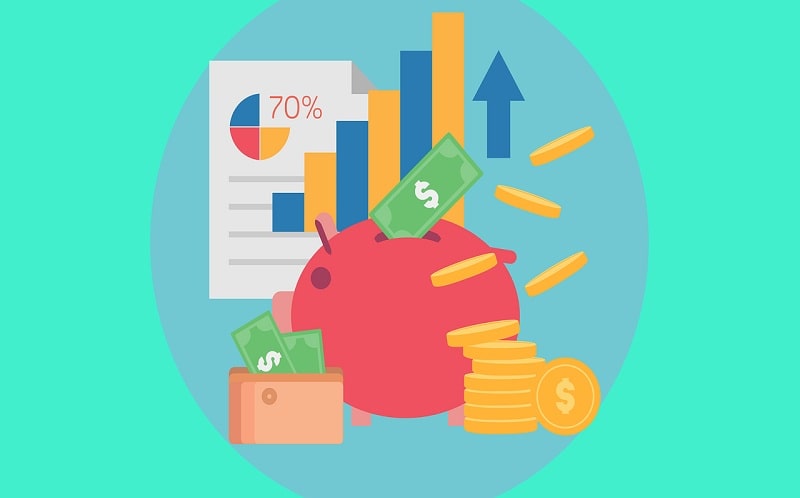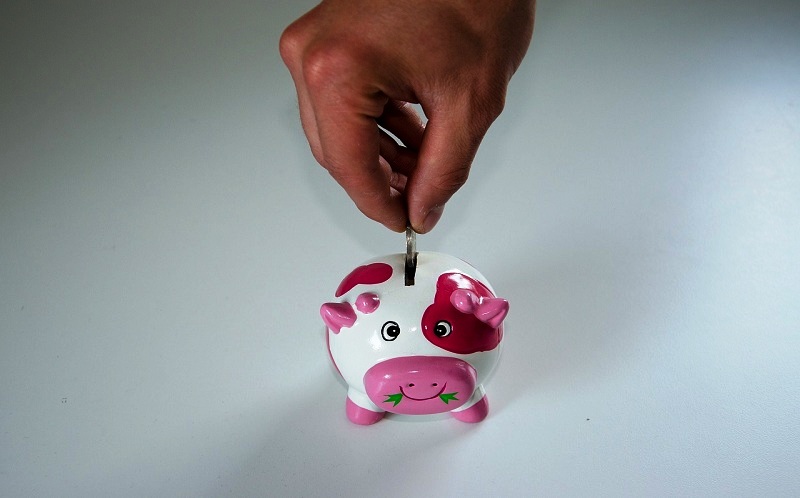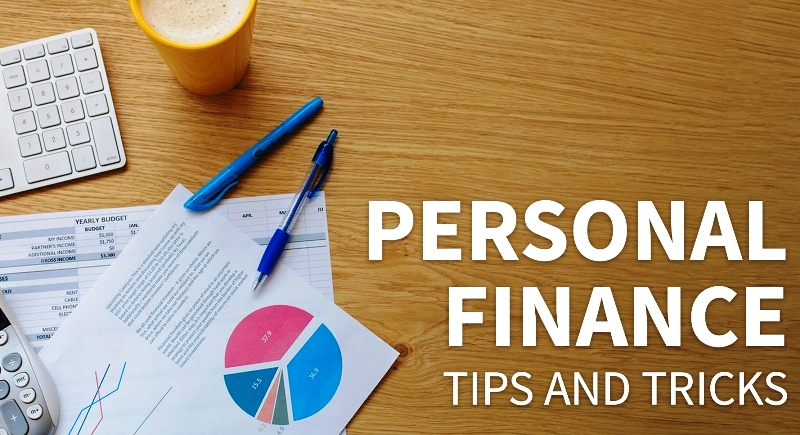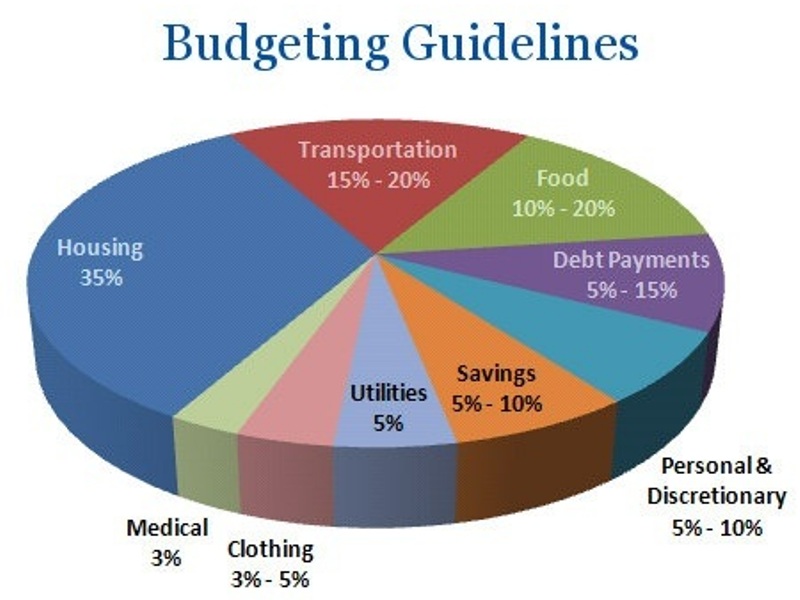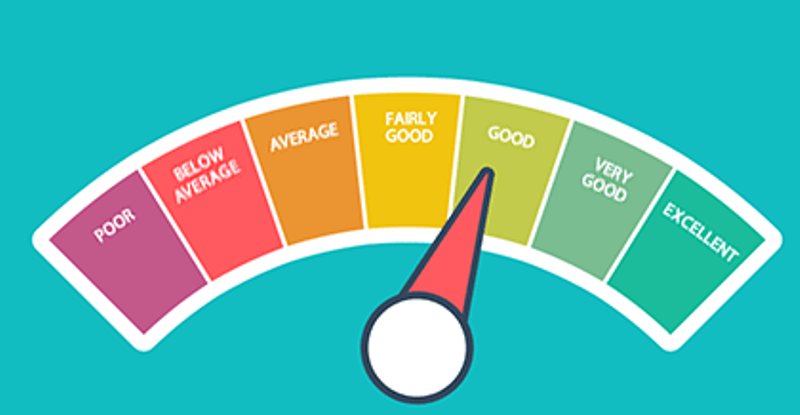How to save money every day is an important challenge to which it is good to give an appropriate answer. Here we will explain how to save money, without cutting the lifestyle and without the guilt for having made sweaty waivers of savings.
Money is made to be spent, not to be set aside and put aside. The simple formula that indicates that a moderate life is a solution to the proper management of money, push you to make only sacrifices.
You can:
- Distinguish between the concept of price and the concept of.
- Reduce, cut and optimize everything that you do not really care about and then spend as if there were no tomorrow for the things that matter seriously.
- Invest the saved part.
- Automate the whole process.
But one cannot simply take away the possibility of satisfying one’s passion. Serious saving is a fundamental part of managing your money efficiently, but the real goal you need to achieve is to direct your expenses towards the most important thing, cutting and reducing waste on small-scale outlets. To do this it is very important to understand the difference between the concept of price and the concept of value. Every time you spend some of your money you always get something in return, in terms of satisfaction.
If you spend some dollars less for an appliance, in the first instance you will feel smart and satisfied. But are you really sure you have made the best choice? It may be that the lower immediate cost translates, later on, into lower performance and then maybe it ends up breaking more frequently and you find yourself having to replace it sooner than you should be paying more money at the end.
On the other hand, when you change perspective and move on to analyzing the value of things, everything changes.
How To Save Money Every Day
If you want to know how to save money, without cutting everything and no sense of guilt, a very effective method to do that is to watch for the impact that certain expenses like cigarettes, your regular coffee at the bar, expenditure on drinking water or expense on food have on our monthly and annual accounts.
Here’s how to intervene:
- Compare prices per kg or liter.
- Prepare a list before going to the supermarket.
- Buy as many basic products as possible.
- Self-produce as much as possible e.g. spices and vegetable, bread, pasta, sweets, etc.
- Follow a balanced diet and not simply your personal taste.
- A branded product does not automatically mean quality product.
- Try not to overdo the quantities to avoid having to throw food that goes bad.
- Reduce the purchase of precooked or pre-packaged foods.
- Buy products in bulk (packs can affect up to 35% of the price!).
Following even just a few of these measures, you can save 10% in a month.
How to save on your bills
- Use energy-saving light bulbs. They cost more but last a lot longer.
- Turn off the lights when leaving a room.
- Buy energy-efficient appliances.
- Reuse excess water from the tap to water the plants.
- Close the tap when you lather in the shower or brush your teeth.
- Close the pots with lids when cooking, to reduce the consumption of gas.
- Pay attention to the thermostat level. Sometimes half a degree less can make a huge difference.
Unfortunately, the cost of energy, gas, and water is often variable and beyond our control. However, acting prudently we can file something in this category too.
To get the most out of your savings it is essential to automate the whole process. Automating means defining the monthly savings and making it systematic. This is why learning how to save money every day must be a strategic choice, linked to what matters less and to which we give less value. Saving is a choice because you have to decide what to give up (temporarily), to free up resources to be used on other fronts or for a targeted investment. To automate the process the best thing to do is:
- Open a deposit account or a separate current account from the main one.
- Define the amount of monthly savings to be set aside.
- Establish an automatic transfer from the main account to the separate account.
- Invest the sums saved.
- Spend freely and without guilt the free money that remains in the main current account.
Conclusion:
Ultimately, to learn the trick of saving money every day you have to set up a mechanism that then has to “walk” on its own. This mechanism is made by the following steps: Decide on which categories of expenditure you want to intervene. Implement all the strategies necessary to reduce, cut and optimize these items of expenditure. Make the savings process automatic. Learn how to invest your money, without making the most common mistakes. Repeat this process to the point where the fruits of your investment cover your expenses. Spend your money and especially spend them as you see fit and with satisfaction, without feeling guilty about it.





